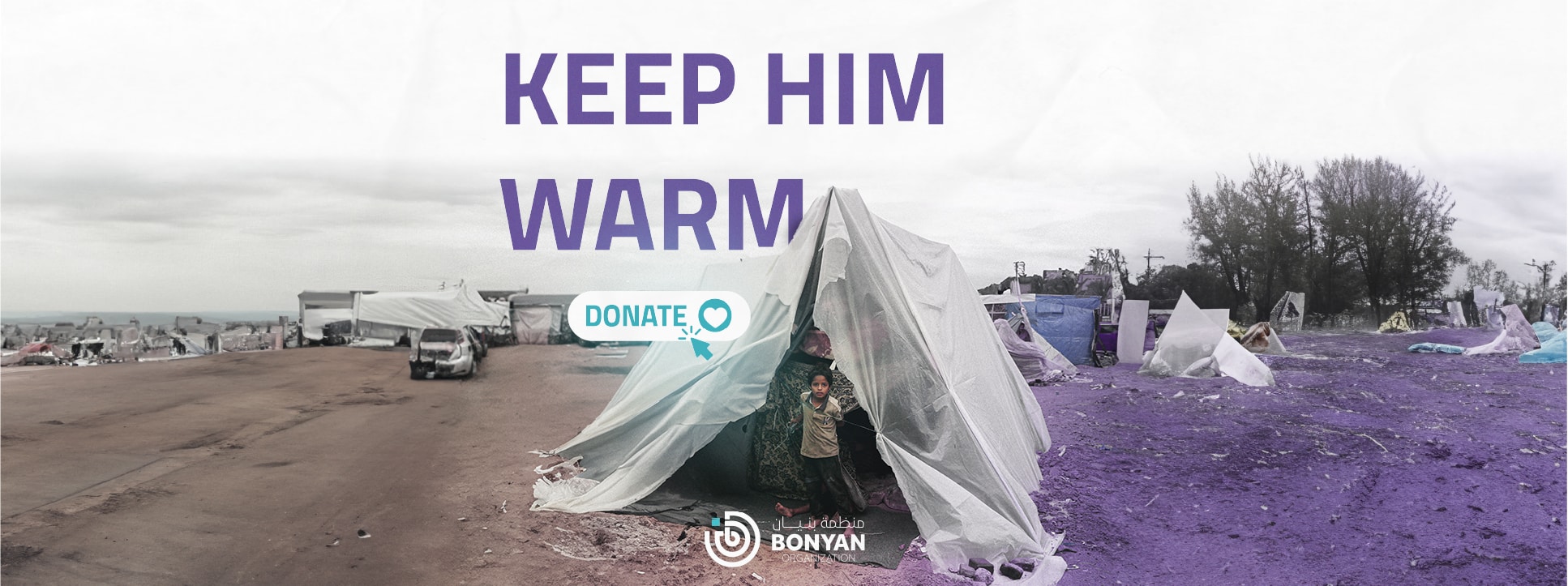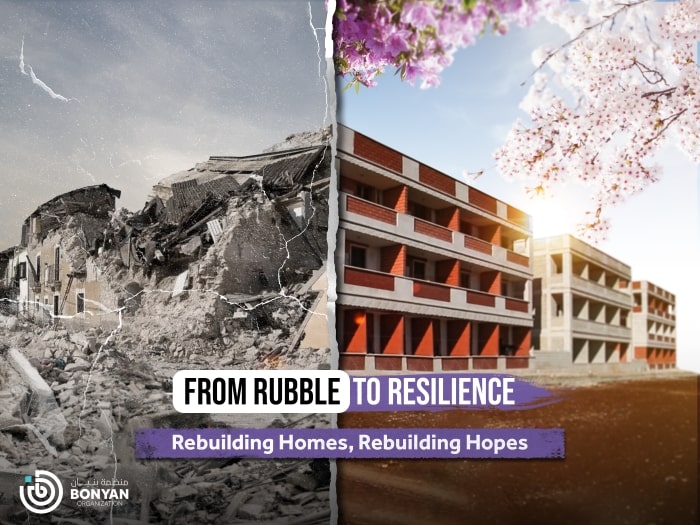For over a decade, the Syrian conflict has inflicted unimaginable suffering upon its people.
The northwest region of the country has become a stark symbol of this prolonged humanitarian disaster, where millions of displaced and vulnerable Syrians struggle for survival amidst compounding crises.
A Prolonged State of Displacement
Years of relentless conflict have uprooted over half of Syria’s pre-war population. Today, some 4.5 million people crowd into northwest Syria, with the overwhelming majority enduring extreme poverty.
Approximately 2.7 million of these are internally displaced persons (IDPs), many of whom have suffered multiple displacements during the war. Life in the 1,500 overcrowded camps and makeshift settlements is characterized by dire conditions, lack of basic necessities, and heightened safety risks, particularly for women and children.
Struggling to Survive: Food, Water, Shelter, and Health
Food Insecurity
An estimated 3.7 million people in northwest Syria are food insecure, a staggering increase fueled by economic collapse, soaring food prices, and years of instability. Many families cannot survive without food aid.
Deteriorating Health
The healthcare system is on the verge of collapse. Years of bombing campaigns have destroyed or damaged hospitals and clinics, leaving a critical shortage of doctors, medicine, and life-saving treatment. Outbreaks of preventable diseases are a constant threat.
Shelter Crisis
Over 800,000 people live in tents and makeshift shelters. These structures offer little protection against harsh winter weather, flooding, fire, and health hazards.
Compounding the Crisis: Earthquakes, Conflict, and Economic Collapse
Earthquake Devastation
The massive earthquakes of February 2023 inflicted further devastation on an already weakened population, causing thousands of deaths, injuries, and further displacement. Vital infrastructure was destroyed, compounding an already dire situation.
Ongoing Hostilities
Military operations, airstrikes, and shelling continue to disrupt the delivery of aid and endanger civilian life. The recent escalation of violence has further traumatized and displaced vulnerable communities.
Economic Hardship
Syria’s economy lies in ruins. The Syrian pound has plummeted in value, pushing prices out of reach for many. Job opportunities and livelihoods have dwindled, fueling desperation and poverty.
Winter’s Harsh Reality
Northwest Syria’s long, harsh winters pose an imminent threat, especially for those without adequate shelter.
Respiratory illnesses, hypothermia, and even death are constant dangers for the elderly, children, and those with compromised health. While winterization efforts provide critical aid like warm clothing, heaters, and fuel, the unmet need remains immense.
A Call for Urgent Action
Despite the dedication of humanitarian organizations, the situation in northwest Syria remains a race against time. The following actions are critical:
1. Increased Aid and Funding: A dramatic increase in humanitarian assistance is needed to provide sufficient food, shelter, healthcare, and basic survival necessities. Long-term funding is crucial to address the root causes of the crisis.
2. Civilian Protection: All parties to the conflict must uphold their obligations under international law, prioritizing the safety of civilians and ensuring the unimpeded flow of aid.
3. Earthquake Recovery and Resilience: Targeted support focused on rebuilding homes and infrastructure damaged by the earthquakes is needed, alongside investments to strengthen the region’s capacity to withstand future disasters.
4. Sustainable Solutions: While immediate aid is crucial, long-term solutions must focus on peacebuilding, economic recovery, addressing displacement, and facilitating the safe and dignified return or integration of those displaced.
The people of Northwest Syria, despite the relentless hardship they’ve endured, deserve a future free from suffering and displacement. The international community has a moral duty to step up, ensure unhindered humanitarian access, and increase financial support to avert further catastrophe. The world must not look away from this humanitarian crisis.
Our Commitment to Northwest Syria
We, at Bonyan, witness firsthand the hardship and resilience of the communities in Northwest Syria. The prolonged conflict has left deep scars, but within these communities, there is an unwavering spirit. Our mission is to stand alongside them, not just as providers of aid, but as partners in rebuilding lives and restoring hope.
Our work is multifaceted, reflecting the complex needs of this region. We focus on restoring the foundations of daily life: repairing damaged schools so children can learn, rehabilitating water systems to ensure clean water flows, and providing safe shelter.
We believe in the power of livelihoods – that’s why we support small businesses, offer vocational training, and invest in agricultural projects.
But our efforts go beyond material needs. We work to empower communities, particularly women and youth, to take a leading role in their own recovery. We offer mental health support to help heal invisible wounds, raise awareness about critical protection issues, and build the foundations for a safer future.
The challenges we face are immense. Ongoing displacement, limited resources, and instability are daily realities. Yet, we are driven by the change we see on the ground. Every child returning to school, every family finding safe shelter, every farmer revitalizing their land – these are victories that fuel our determination.
We invite you to stand with us. Your support amplifies our impact. Together, we can create a brighter future for Northwest Syria, a future built on resilience, dignity, and the unwavering spirit of its people.








